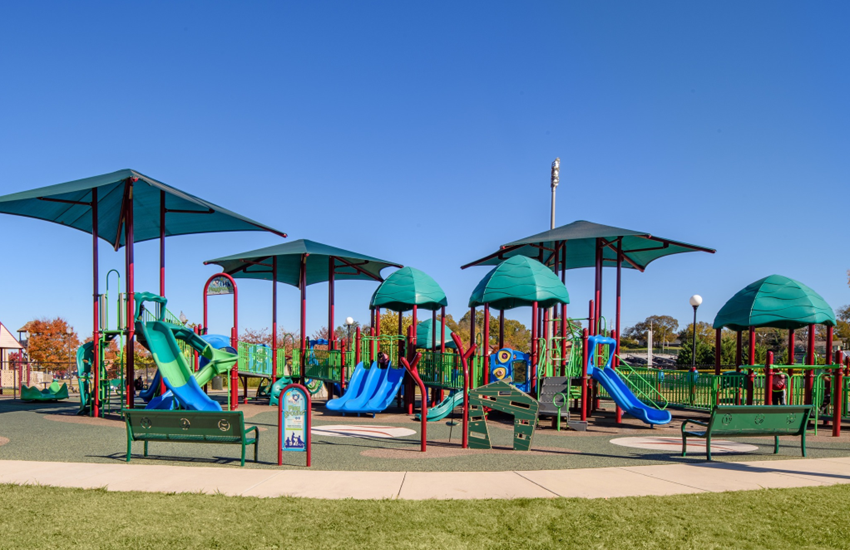All children are different; even though they are the same age or share the same interests, each has particular skills and abilities, responds differently to stimuli, and has different learning speeds. A school is where many children converge, and creating spaces designed in which everyone is equal does not make much sense.
Having a playground within schools is very important as it helps children stay active and stimulates learning and socialization, fundamental elements for children’s development and well-being. It is even more critical to have an inclusive playground where all children can enjoy its facilities and interact with each other equally so that they connect positively regardless of their abilities or condition. Below are some benefits of installing an inclusive playground in schools.
Are accessible
The inclusive playgrounds have accessible entrances that can be easily recognized and have high visibility signs for use. This type of playground guarantees that all its users can move comfortably and safely within its facilities because the distance between the equipment is sufficient for everyone to move freely. The design of the routes is wide enough, and because the floor is covering guarantees both the safety of children by preventing them from being injured in the event of falls and bumps, as well as mobility for children in wheelchairs, walkers, or other special equipment.
Additionally, the transitions between the different surfaces are at the same level, allowing children in wheelchairs to move freely between other areas without additional help. This way, all children can go to the playground with the same ease and enjoy all the facilities.
It has social environments
One of the main objectives of inclusive playgrounds is that children all play equally. The differences they may have in terms of skills, culture, abilities, or age do not impede enjoying the common areas but rather strengthen solidarity, brotherhood, and support, where egalitarian thinking predominates. Therefore, grouping similar elements with different types of challenge levels allows children with different abilities to share the same activity, involving them regardless of their ages and abilities, encouraging cooperative play.
The inclusive play areas use creative design to maximize the gaming experience and challenge the children can find in the playground. Inclusive playgrounds also have spaces for solo, spectator, parallel, or associated games since not all children feel comfortable surrounded by many people and prefer quiet games; the idea is that everyone has the same feeling of comfort, autonomy, and security.
They offer a space for everyone
The inclusive playgrounds ensure that each child receives the appropriate stimulation and challenge while developing their sensory, physical, cognitive, and social skills in equal conditions of the play equipment. The inclusive playgrounds go beyond just a space for fun and consider all possible needs as a whole.
Within this playground, the premise is that the child feels safe and does not doubt himself or feel limited by not being able to use the equipment for whatever reason. For this reason, maximum opportunities must be offered to develop the capacities of children and also consider reserved areas for users to rest and free themselves in case they feel a sensory overload, being able to recover.
What did you think of this topic? What do you think of the importance of inclusive playgrounds in schools?
If you want to know more about this topic, contact us or write your question below (comments section).
